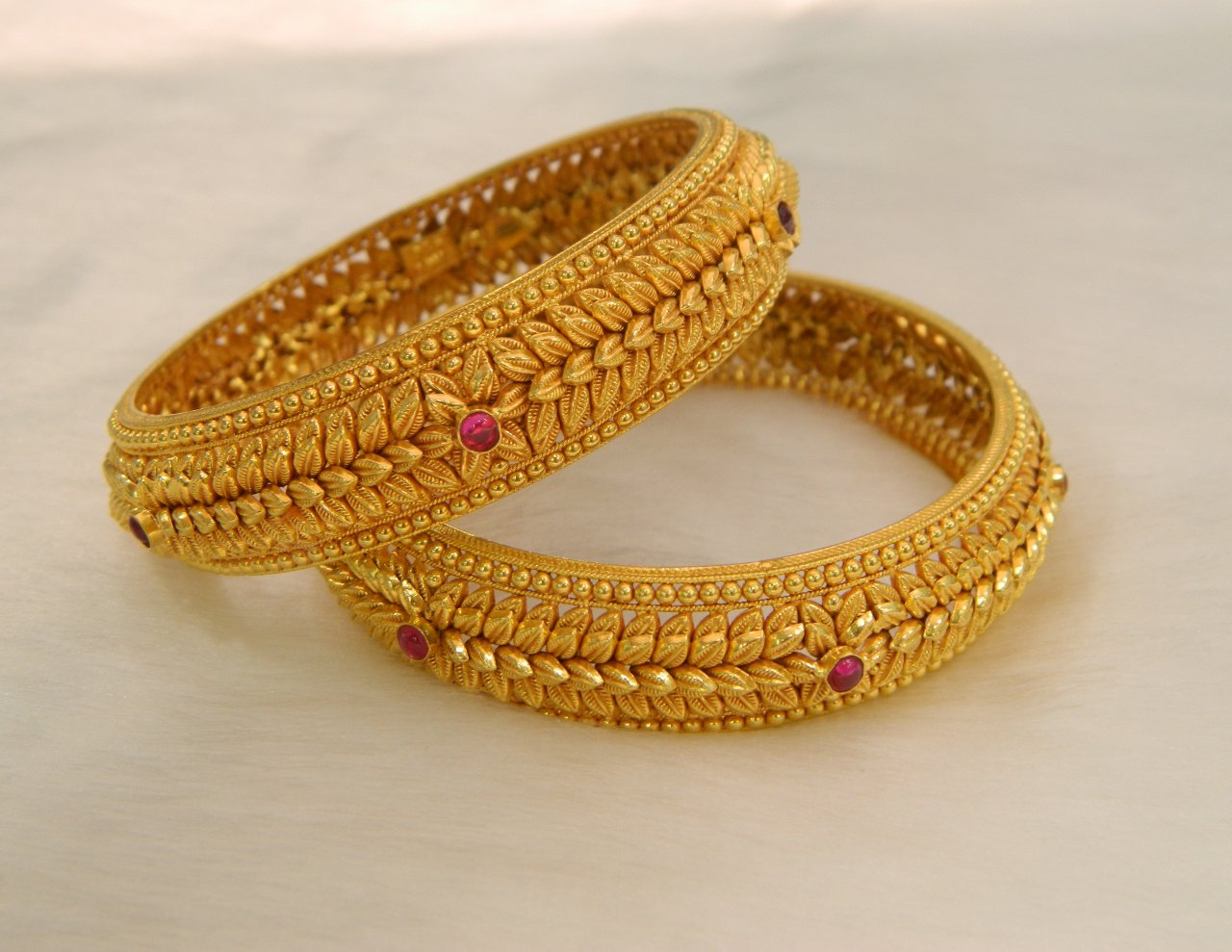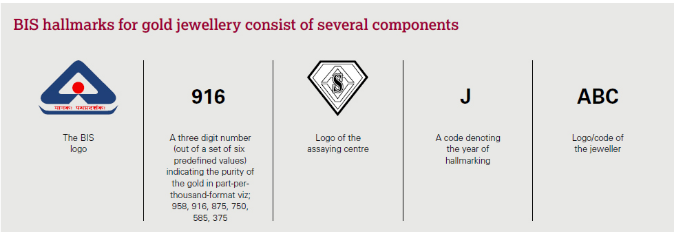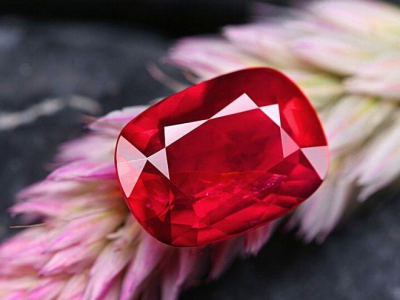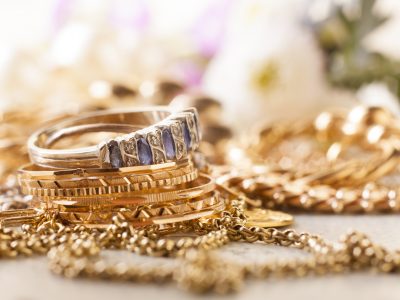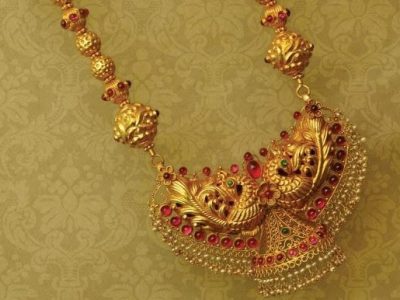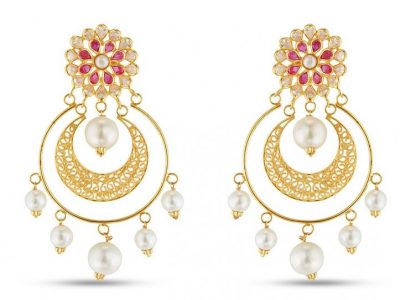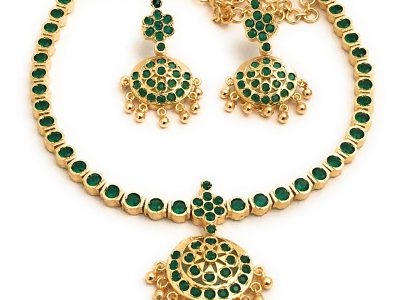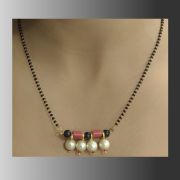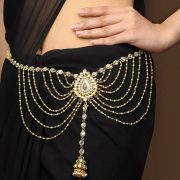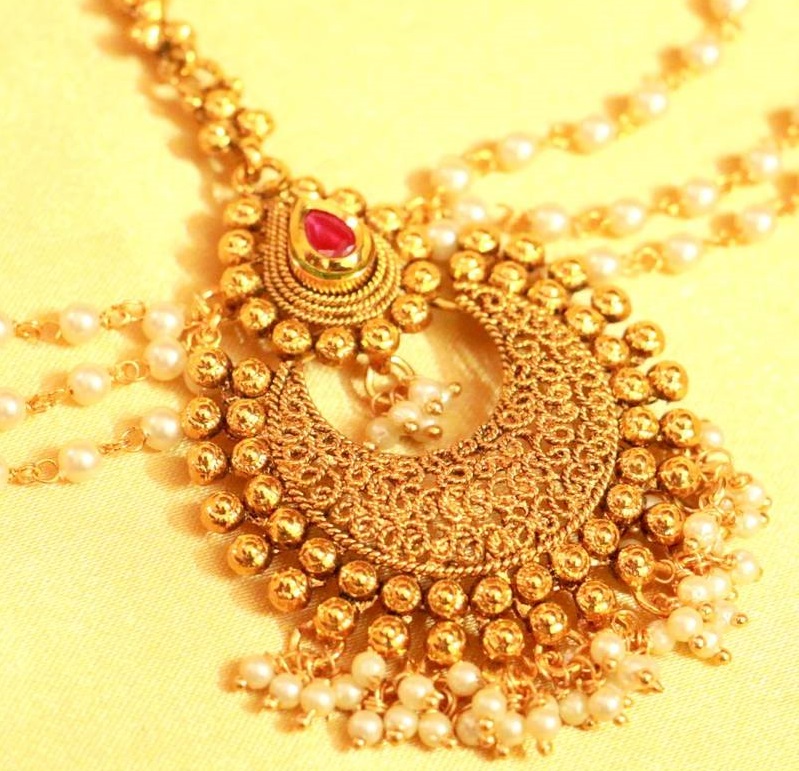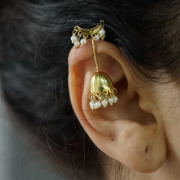Gold and precious stones provide an undeniable synergy. You simply cannot envisage one without the other. In India, particularly, this yellow metal is irreplaceable in precious jewellery. Apart from its complete inertness and resistance to tarnish and corrosion, Gold is as dear as it is because of its rarity.
Traditionally, Gold has been used in its yellow form in either 22k or 18k (for increased strength) to make fine jewellery. But with evolving tastes, increasing innovation, and maturing craftsmanship, Gold finds expression in several colours and textures.
The Different Karats of Gold
Karat is the term used to measure the gold content or purity. Before we understand the difference between 24k, 22k and 18k gold, you must know what karat stands for. Karat is basically a unit used to measure the purity of gold. The higher the karatage, the purer the gold. Here’s a simple guide to understanding the difference between 24k, 22k and 18k gold.
24K gold
24k gold is also called pure gold or 100 per cent gold. This means that all 24 parts in the gold are all pure gold without traces of any other metals. It is known to be 99.9 per cent pure and takes on a distinct bright yellow color. There is no higher form of gold than 24K and you must be aware of this before you go to a dealer who might tell you that they’re selling you 25K or 26K gold. Since this is the purest form of gold, it is naturally more expensive than 22K or 18K gold. However, this type of gold is lesser in density as compared to gold of a lower karatage which makes it soft and pliable. Hence, it is not suited for regular forms of jewellery. Coins and bars are mostly bought of 24K gold purity.
22K gold
22K gold jewellery implies that 22 parts of the jewellery amounts to gold and the balance 2 parts are some other metals. This kind of gold is commonly used in jewellery making. In 22K gold, of the 100 per cent, only 91.67 per cent is pure gold. The other 8.33 per cent comprises metals like silver, zinc, nickel and other alloys. It is this addition of metals that make the texture of gold harder thereby making the jewellery durable. However, you must know that although this can be used to make plain gold jewellery, 22K gold isn’t preferable for diamonds and heavily studded jewellery.
18K gold
18K gold is 75 per cent gold mixed with 25 per cent of other metals like copper or silver etc. Usually studded jewellery and other diamond jewellery is made in 18K gold. This kind of gold is less expensive compared to 24K and 22K. This one has a slightly dull gold colour. Recognizing 18K jewellery is rather simple – you will see the item stamped with 18K, 18Kt, 18k or a variation similar to these. At times, 18K gold is marked by 750, 0.75 or a stamp similar to these in order to symbolise that the jewellery contains 75 per cent gold.
14K gold
14 karat gold is made up of 14 parts gold and 10 parts other metals, mostly silver and copper, but there could also be zinc and nickel.
This alloy contains 58.3% gold and that’s why sometimes you can see 14K jewelry stamped with a mark such as .583 or .585. More often, a 14K piece will be marked as 14K, 14KT, 14k or a similar variation.
10K gold
10-karat gold is an alloy made up of 10 parts gold and 14 parts other metals such as copper, zinc, silver or nickel. In percentage terms, 10K gold contains 41.7% pure gold. Jewelry that is 10K gold will usually be stamped with a mark such as 10KT, 10K, 10kt or something similar. If you see a mark reading .417, this also means that the item is 10 karats gold. 10K alloy is harder than purer gold mixtures. For that reason, a 10K ring, for example, could wear down more slowly than a 14K piece.
However, this is not always the case, as the durability of a gold alloy depends not only on its gold content but also on the type and proportions of other metals in the mix. Also, the alloy content is just one factor of durability. So it is possible for a well-made 14K piece to be more durable than a 10K one. The biggest downside of 10K gold is that the jewelry made of it is not suitable to be worn by people allergic to nickel since the presence of higher proportions of nickel.
Low Karats vs. High Karats
More purity of gold does not necessarily mean better, it simply means more pure, worth more money, and more expensive! With gold, the phrase “less is more” can certainly apply. As stated earlier, the less pure the gold is, the more alloy metals it contains, which means it’s stronger! This is good especially when it comes to jewelry as 24K gold is way too soft to make jewelry with. The lower the karats in that ring, the stronger it will be with other metals. Let’s compare lower and higher Karats:
- The lower the Karat, the stronger it will be, while higher Karats will be softer.
- Lower Karats are not very tarnish-resistant, but higher Karats are much more resistant to tarnishing.
- Lower Karats are not worth as much monetarily, while higher Karats are worth much more as they are more pure.
- Higher Karat gold will appear more yellow.
The purity of gold you should go for all depends on what you intend to use it for, if it will be subjected to a lot of force that can damage it, and your personal preferences as far as gold goes!

